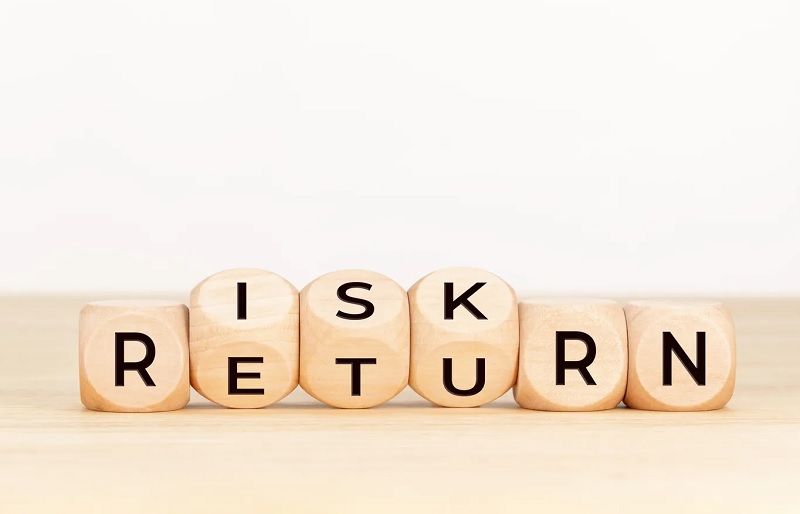Risk-adjusted return guidance is noteworthy. Return on investment is an integral aspect of modern economic activity. However, as we have learned from historical events, investing also carries risks. For this reason, investors need to manage risk and plan returns wisely to be the key to long-term success.

What Is a Risk-Adjusted Return Guide
Risk-adjusted return is an approach to measuring the gain or loss on an investment by considering the level of risk involved. Currently, there are many cases, the greater the potential return, the higher the risk. However, not all risks result in higher returns.
Not even all high-risk investments yield the desired results. For this reason, measuring returns with risk in mind is an important step in understanding the right balance between opportunity and potential loss.
Identify and Assess Risks
The first step is to identify the risks associated with your investment. This is because risks can come from a variety of factors. This includes market conditions, price fluctuations, regulatory changes, and global economic factors. After identifying the risks, rate each risk to measure how significantly it impacts your investment.
Set Investment Goals
Before planning risk-adjusted returns. Instead, determine your investment goals. This is because investment goals will help determine how much risk you can accept to achieve your goals.
Risk Profile Evaluation
The next risk-adjusted return guide evaluates the risk profile. Of course, every investor has a different risk profile. Many investors have a fairly high-risk tolerance. While others prefer a more conservative approach. Evaluate your risk profile honestly and realistically. Consider your comfort regarding fluctuations in the investment value.
Portfolio Diversification
Diversification is a key principle if it will reduce investment risk. Distributing investment across asset classes, industries, and markets, can reduce the negative impact of poor performance on a particular asset. This is because diversification helps create a portfolio that is more stable and to your risk profile.
Monitor and Adjust
Markets and economic conditions are always changing. Therefore, it is important to constantly monitor your portfolio. In addition, re-measure your risk and investment goals from time to time. We recommend adjusting your portfolio if there is a change in the risk profile. If market conditions experience significant changes.
The risk-adjusted return guide takes a wise approach to managing your investments carefully. By identifying investment risks, you can set realistic goals and build a portfolio that matches your risk profile.